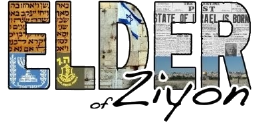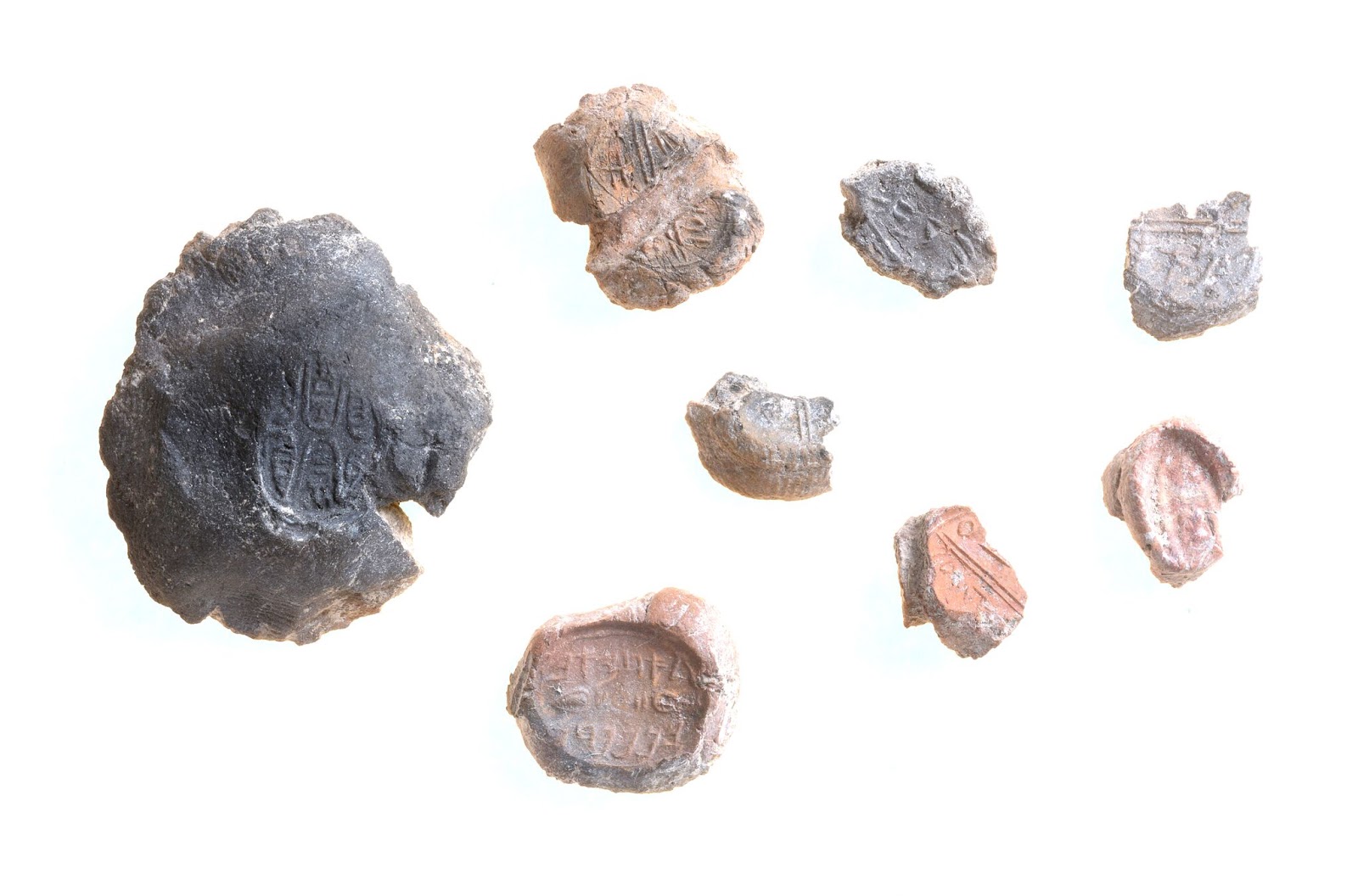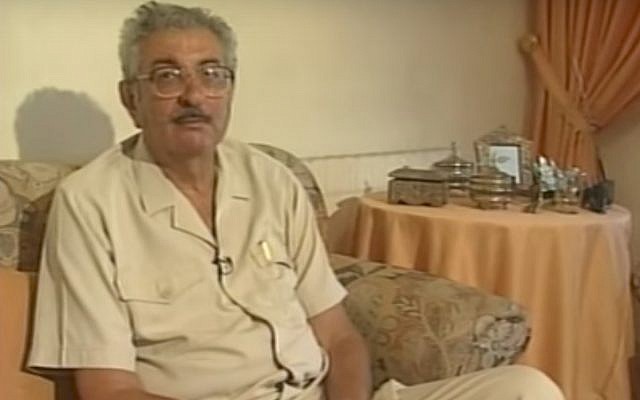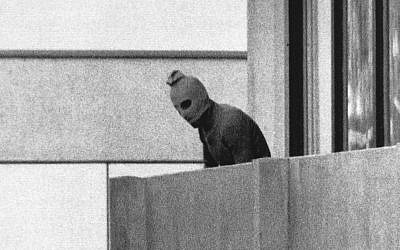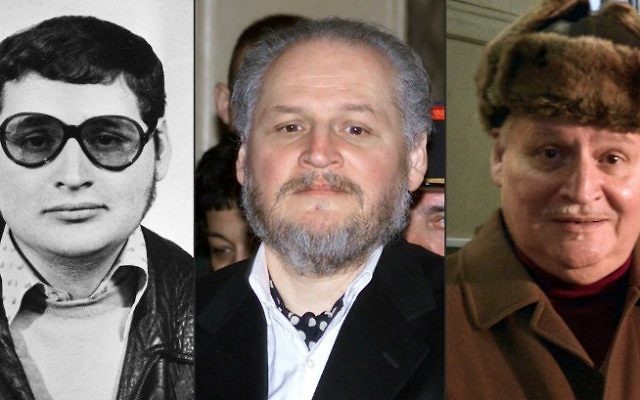 Autobiografia Irit Amiel. Panna z Częstochowy żyje w Tel Awiwie
Autobiografia Irit Amiel. Panna z Częstochowy żyje w Tel Awiwie
Tadeusz Nyczek [26 sierpnia 2014 ]
 foto: ARKADIUSZ SCICHOCKI
foto: ARKADIUSZ SCICHOCKI
Kiedy przed 15 laty ukazał się w Polsce jej prozatorski debiut, był to czas mnożących się głosów, że Holocaust staje się maszynką do zarabiania pieniędzy. Ale jej proza była jak cichy piorun w środku gadatliwego dnia.
Jest z pokolenia Idy Fink, Miriam Akavii, Hanny Krall, Henryka Grynberga. Do literatury Holocaustu weszła najpóźniej. Kilka tomików wierszy po hebrajsku i po polsku opublikowała dopiero w latach 90., gdy już była po sześćdziesiątce. Prozę jeszcze później, pod koniec tej dekady. Kiedy w 1999 r. ukazał się w Polsce jej prozatorski debiut, cieniutki zbiorek opowiadań “Osmaleni”, trafił na czas mnożących się głosów, że Holocaust staje się maszynką do wyciskania współczucia i zarabiania pieniędzy. Ale “Osmaleni” byli jak cichy piorun w środku gadatliwego dnia.
Długo nie mogłem się otrząsnąć po tej lekturze. Irit Amiel nie pisała o umarłych na śmierć, tylko o umarłych za życia. I o tych, którzy z zachwytu, że przeżyli własną śmierć, tak dalece chcieli o wszystkim zapomnieć, że musiała im dać własny głos, by ocalić ich niewypowiedziane opowieści. Mieszkali, jak ona, już głównie w Izraelu, który dał im drugie życie. Mieli dzieci i wnuki. Z trudem znajdowali z nimi wspólny język. Uwięziona w głowach i sercach przeszłość była dziedzictwem nie do przekazania. Zresztą młodzi niekoniecznie chcieli o tym słuchać.
Dziewięć lat później ukazał się drugi, niemal bliźniaczy z “Osmalonymi” tom opowiadań “Podwójny krajobraz”. Irit Amiel przedrukowała w nim dwa teksty z poprzedniej książki, jakby podkreślając ich wzajemną więź. Ale dopiero prawdziwa autobiografia pisarki, pod zachwycającym tytułem “Życie – tytuł tymczasowy”, daje najważniejszy klucz do tamtych opowiadań.
Okazuje się mianowicie, co zresztą było nietrudne do przewidzenia, że swoją biografią Amiel obdarowała większość bohaterów obu zbiorów. Była dziewczynkami i chłopcami, kobietami i mężczyznami, otoczyła ich bliskimi z rodziny i znajomymi poznanymi w czasie życiowej tułaczki między Częstochową a Tel Awiwem. Dała im też ciała i głosy swoich ukochanych. Wśród nich rozpoznamy bez trudu tego, za którego już w Izraelu, dwudziestodwuletnia wyjdzie za mąż i z którym, dziś niemal dziewięćdziesięcioletnim i chorym na alzheimera, nadal dzieli życie.
Mało: przedrukowuje teraz w autobiografii spore fragmenty tamtych opowiadań. Czasem coś zmienia, głównie w stylistyce, przestawia akapity, coś skraca albo dopowiada. Bywa, że niemal całe opowiadanie, jak to ostatnie z “Osmalonych” – “Z izraelskiego tygla” – wkleja w autobiograficzną narrację. Efekty tych gier między sobą-nie sobą wyglądają czasem bardzo ciekawie.
“Morze zobaczyłem po raz pierwszy w życiu we Włoszech w Bugliasco w 1947 roku, zanim wspiąłem się z gumowej łodzi na pijany statek. Byłem wprost osłupiały z zachwytu. Wiedziałem przecież, że istnieją morza i oceany, nieraz widziałem je na mapie, ale tego, co zobaczyłem i usłyszałem, nie mogłem sobie wyobrazić” (“Z izraelskiego tygla”).
“Morze Śródziemne widzisz po raz pierwszy w 1947 roku w Bugliasco we Włoszech, skąd wypłynie, wyżegluje wasz pijany statek Hatikva. Ten widok to chyba dar na twoje szesnaste urodziny. A potem, już w Nowym Kraju, na wycieczce do Neibi Rubin znów patrzysz na to morze. Jesteś wprost osłupiała z zachwytu. Wiesz przecież, że istnieją morza i oceany, spędzasz nawet przed wojną wczasy z rodzicami nad szarym, zimnym Bałtykiem, ale to, co widzisz i słyszysz teraz, jest wprost niewyobrażalne” (“Życie – tytuł tymczasowy”).
Jak sama pisze, urodziła się trzy razy. Po raz pierwszy w Częstochowie, w 1931 roku. Po raz drugi w roku 1942, kiedy ojciec wypchnął ją przez szparę w częstochowskim getcie na aryjską stronę. Rodziców już nigdy nie zobaczy. Ma wtedy jedenaście lat i odtąd musi sobie dawać radę w życiu sama. Rodzi się po raz trzeci, gdy po kilku latach ukrywania się po wsiach i miastach, wędrówkach po Europie z podobnymi jej uciekinierami, pobytach w obozach dipisowskich, pod koniec 1947 roku ląduje w Palestynie. Za rok będzie to już oficjalnie Izrael. Panna z Częstochowy zostanie rybaczką, biżuterniczką, stewardesą. Wyjdzie za mąż, urodzi dwójkę dzieci, nauczy się kilku języków i na koniec zacznie pisać. Irenka Librowicz stanie się Irit Amiel.
Jeśli szukam różnic między jej pisaniem a pokrewną literaturą Holocaustu, widzę je przede wszystkim w rzadko gdzie indziej spotykanym poczuciu humoru, ironii i autoironii. I, przy całym ciężarze treści, w finezyjnej, wspaniałej lekkości stylu.
W pewnym miejscu Irit wyznaje, że nigdy nie chodziła do żadnej szkoły. Wolę nie myśleć, co mam o tym myśleć.
twoje uwagi, linki, wlasne artykuly, lub wiadomosci przeslij do: webmaster@reunion68.com

